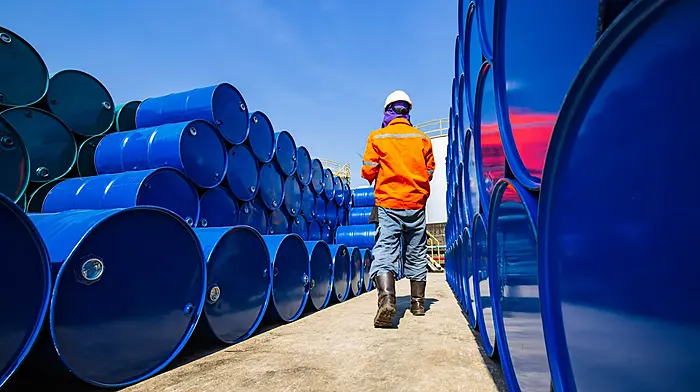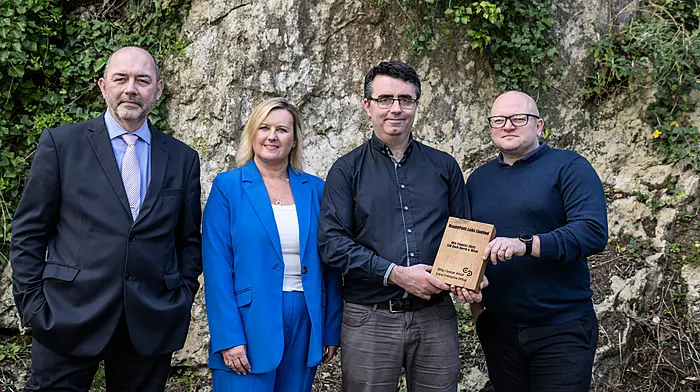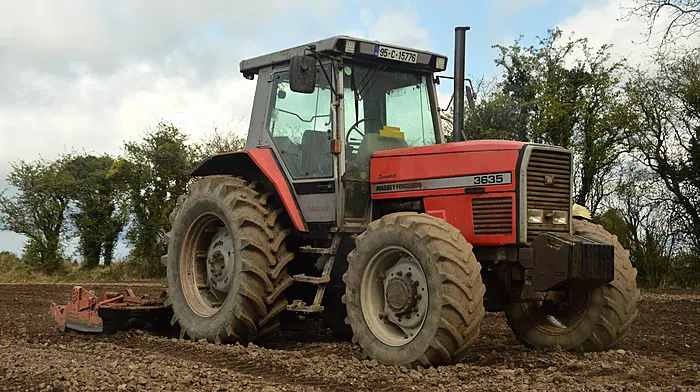WORK is to get underway later this year on a 20-acre solar farm in Timoleague amid predictions that Ireland’s solar capacity will continue its rapid ascent.
John Mullins is the executive chairman of Amarenco Solar, the Cork-based company which holds about 10% of the market share of Ireland’s solar farms.
Amarenco operates in 14 countries, including Spain, Portugal, France, Spain, and Austria, and further afield in North Africa and Asia.
Amarenco started the first part of a €200m rollout of solar farms in Ireland last year in Currabinny. The farm in Timoleague, which has been leased on long-term, will be one of the next steps. ‘When it’s up and running it should produce about 8MW of electricity. In terms of power that would probably be enough to power half of Bandon at peak times,’ said Mr Mullins, who is the former chair of Bord Gais.
So are there still opportunities for farmers in agrisolar? The answer is very likely yes. Late last month, ESB Networks announces one gigawatt of solar PV were now energised on Ireland’s electricity network. That’s just the beginning, reckons Mullins.
‘I think at this stage I would think most farmers in West Cork have been approached by a solar energy company or know a farmer who has been approached,’ he said.
Ireland has just passed 1,000MW of solar in Ireland as it aims for a target of 8,000MW (8GW) by 2030.
So who are the farmers who could benefit?
‘We don’t really have too many dairy farmers involved, it’s more from beef or tillage farmers or land left for pasture that we have interest,’ said Mullins.
Generally, there are three considerations for companies when considering purchasing or leasing land for solar farming, says Mr Mullins.
They are usually more interested in land which has a slight slope or inclination; they are seeing land which is south-facing, and they want land which has construction access. Amarenco has also tried to find appropriate land and avoid entering too much into areas of natural or scenic beauty.
But he says leasing land for solar farms is an attractive proposition for many farmers.
‘You could be getting 1,200 euro or 1,300 an acre for a long-term lease, compared to leasing farm it’s quite reasonable,’ he said.

‘There’s little or no maintenance for the farmer. Usually the company is responsible for the security. Farmers just need to cut the grass underneath them, or perhaps leave their sheep graze there.’
The key considerations are the same in all markets – you need light, and direct sunlight shining on a panel will get maximum power for that panel. A cloudy day is not going to achieve peak output.
Nevertheless Ireland’s long hours of brightness can achieve the desired effects, and solar price is one of the cheapest methods of producing electricity.
And the future in agrisolar is bright. ‘We have long-term project plans for West Cork,’ said Mullins. ‘We have full planning permission for a solar farm in Ballineen; we have plans for Bandon, for Béal na Bláth, and Kilmurry.’
Climate Minister Eamon Ryan has called solar in Ireland a ‘rooftop revolution’ with panels becoming an increasing feature across every town and suburb. The rollout of solar fields will be the next stage.








